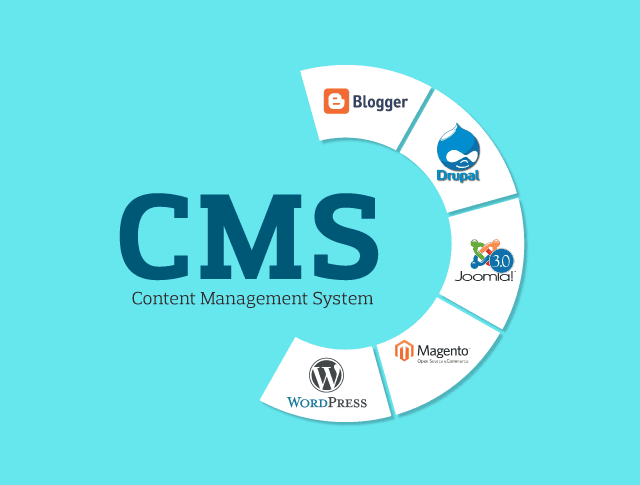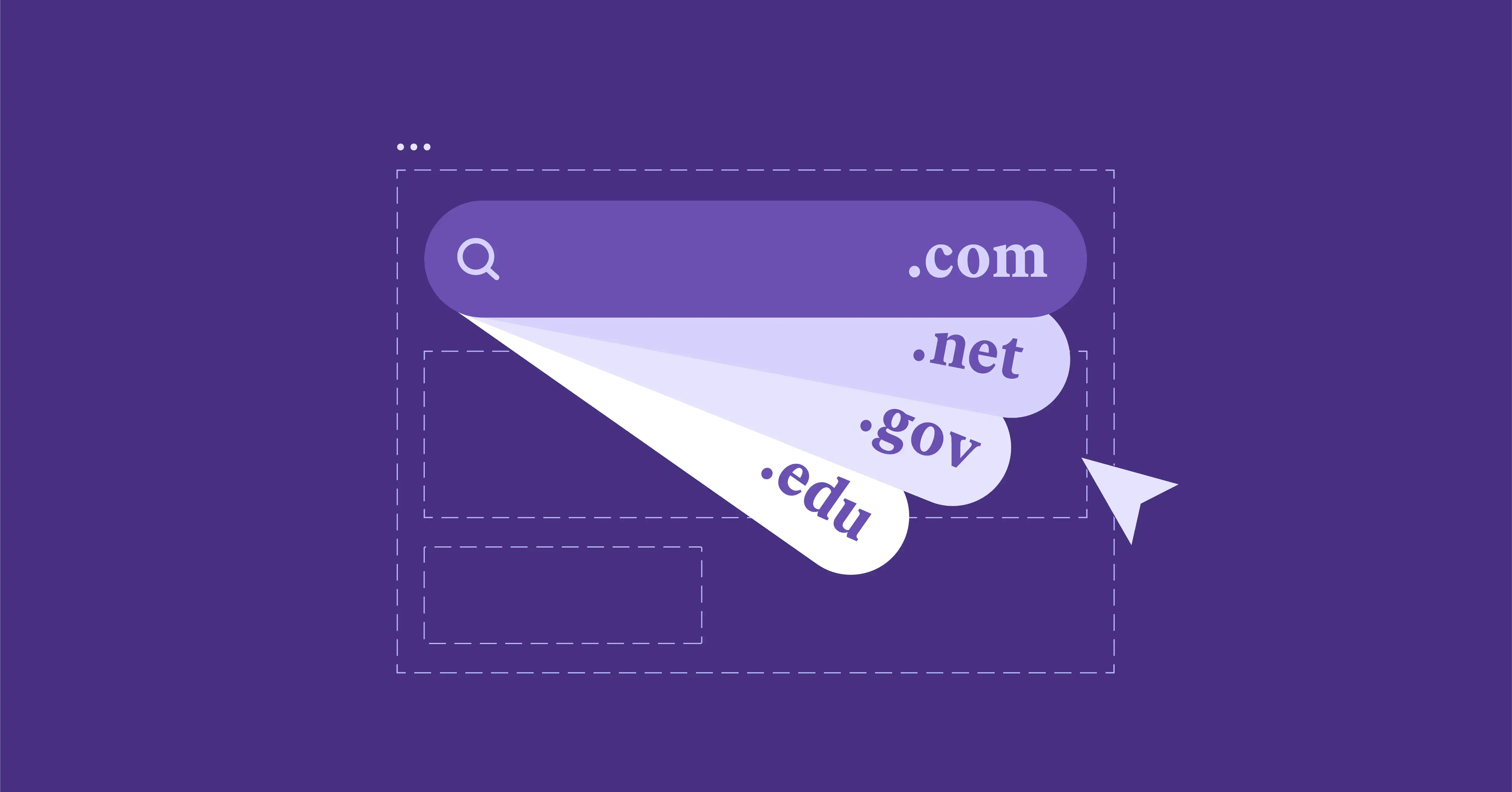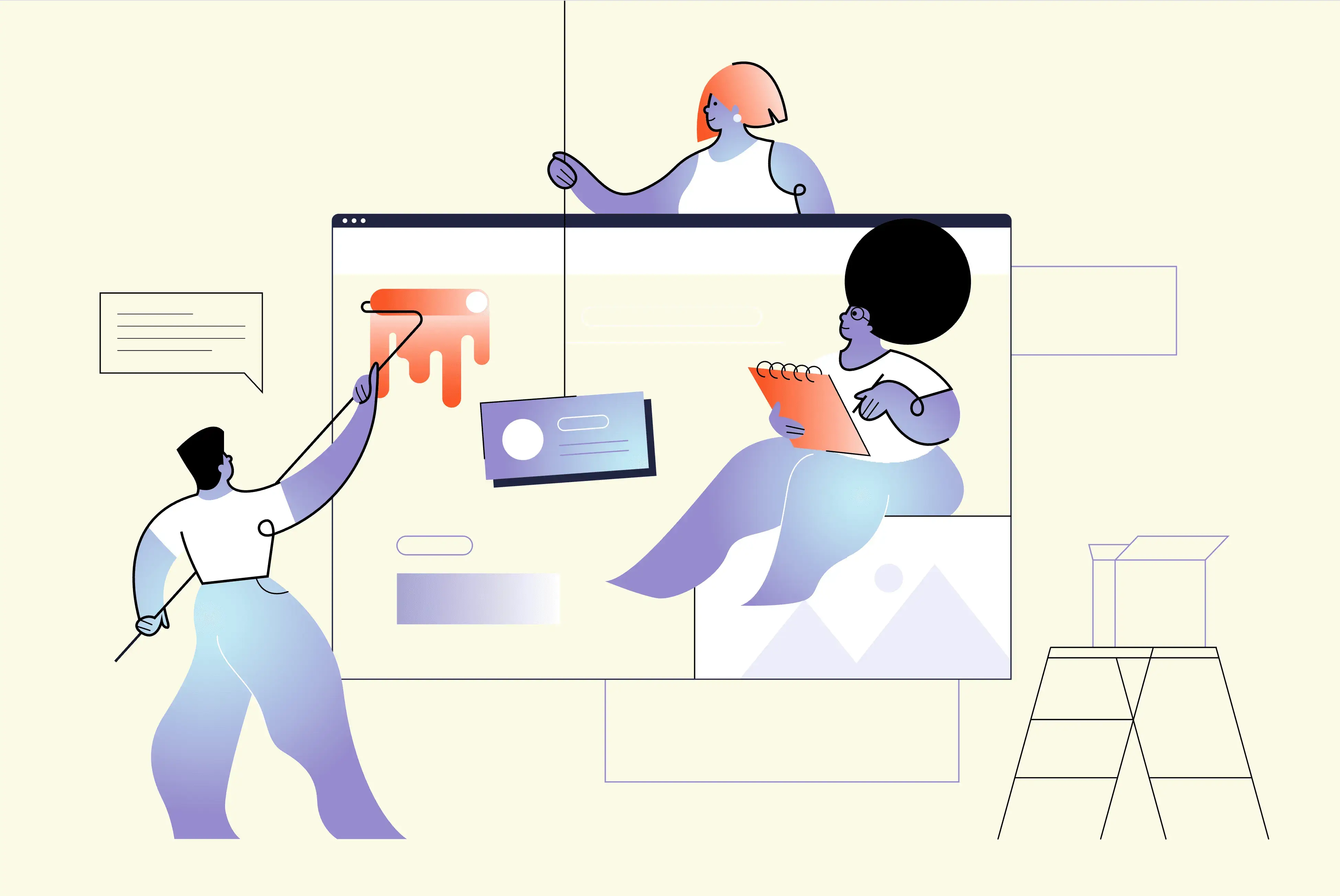· 4 min read
Headless CMS vs. Traditional CMS: Choosing the Right Content Management System
Deciding between a headless CMS and a traditional CMS? This guide breaks down the key differences, advantages, and disadvantages of each, helping you choose the best fit for your web project.

Choosing the right Content Management System (CMS) is a critical decision for any website project. Two primary architectures dominate the CMS landscape: traditional CMS and headless CMS. Understanding the differences between these approaches is crucial for selecting the best fit for your needs. This guide breaks down the key distinctions between headless and traditional CMS, empowering you to make an informed decision.
Traditional CMS: The All-in-One Solution
A traditional CMS, like WordPress, Drupal, or Joomla, is an all-in-one platform that combines the back-end content management system with the front-end presentation layer - Content is created and managed within the CMS, and the CMS itself is responsible for rendering and delivering that content to the user’s browser.
Advantages of Traditional CMS:
- Ease of Use: Typically user-friendly interfaces for managing content, even without technical expertise.
- All-in-One Solution: Simplifies website management by providing everything in a single platform.
- Large Community and Support: Established platforms often have large communities and extensive documentation, making it easier to find solutions and support.
- Cost-Effective (for simpler sites): Many popular traditional CMS platforms are open-source and free to use, though costs for hosting, themes, and plugins may apply.
Disadvantages of Traditional CMS:
- Limited Flexibility: Can be restrictive in terms of design and functionality customization, especially for complex or unique projects.
- Performance Limitations: The coupled architecture can sometimes lead to performance bottlenecks.
- Security Vulnerabilities: All-in-one systems can be more vulnerable to security threats if not properly maintained and updated. The larger codebase and reliance on multiple plugins potentially create vulnerability points.
- Scalability Challenges: Scaling a traditional CMS for high-traffic or complex applications can be more challenging.
Headless CMS: Content as a Service
A headless CMS, like Contentful, Strapi, or Sanity, separates the back-end content management system from the front-end presentation layer. The CMS acts as a content repository, delivering content via APIs. This content can then be consumed and displayed by any front-end framework or platform - such as React, Angular, Vue.js, or even mobile apps.
Advantages of Headless CMS:
- Flexibility and Customization: Offers greater freedom in terms of design and functionality, enabling developers to create highly customized user experiences.
- Improved Performance: Decoupling the front-end and back-end allows for faster loading times and improved performance. Front-end developers can optimize the user interface independently without being constrained by the CMS.
- Enhanced Security: Separating content management from presentation reduces the attack surface and enhances security.
- Omnichannel Content Delivery: Content can be delivered to any device or platform, including websites, mobile apps, IoT devices, and more.
- Scalability: Headless CMS platforms are generally more scalable than traditional CMS, handling large amounts of content and traffic efficiently.
- Future-Proofing: Decoupled architecture allows for greater flexibility to adapt to future technology changes and integrate with new platforms.
Disadvantages of Headless CMS:
- Higher Development Costs (initially): Requires more development effort to set up and integrate with the front-end, which can lead to higher initial costs.
- Technical Expertise Required: Working with a headless CMS requires more technical expertise, particularly for front-end development and API integration.
- Content Preview Can Be More Complex: Previewing content within a headless CMS can be more complex since it requires connecting to the front-end.
Which CMS is Right for You?
The best choice depends on your specific project needs and priorities:
- Choose a Traditional CMS if: You need a simple, easy-to-use website with standard features. You have limited technical expertise. Budget is a primary concern (for simpler sites).
- Choose a Headless CMS if: You require a highly customized and flexible website or web application. You prioritize performance and scalability. You need to deliver content to multiple platforms (website, mobile app, etc.). You’re comfortable with a higher initial development cost for greater long-term benefits.
Conclusion
Both headless and traditional CMS platforms offer distinct advantages and disadvantages. Carefully consider your project’s requirements, technical expertise, budget, and long-term goals when making your decision. Y5 Web Studio, serving businesses across Canada, can help you choose the right CMS and develop a robust and effective online presence tailored to your business needs. Contact us today to discuss your project and discover how we can help you leverage the power of the right CMS for your success.



